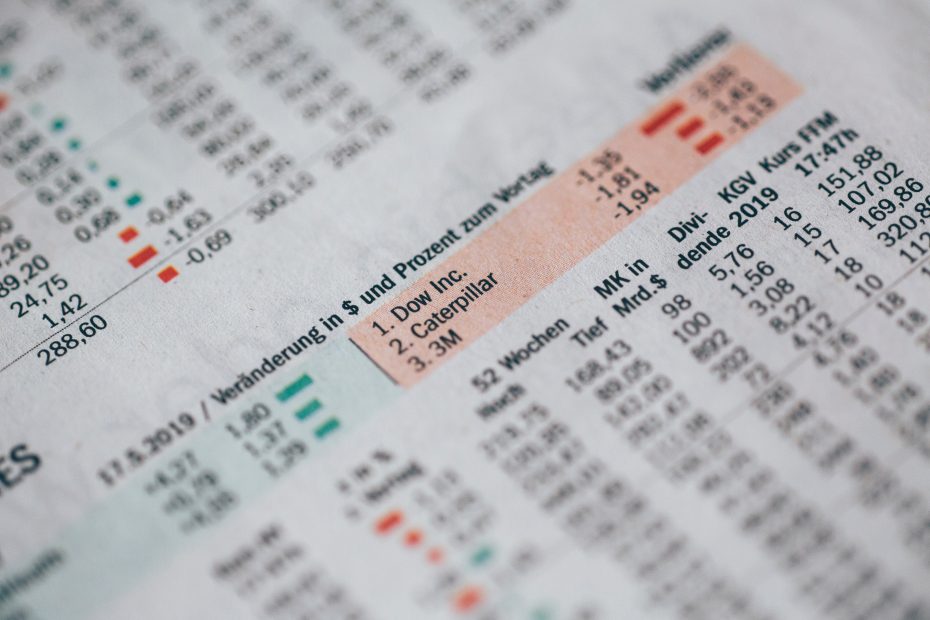Some investors are not concerned with short term volatility and price fluctuation that can lead to short term buys and sells for profit. Rather, some traders prefer to buy into stock that they think will rise over time, and wait for months or years before considering selling. This passive investing strategy capitalizes on stock that shows serious growth over time, rather than that that only fluctuates in the short term. Following is some information on passive investing advantages in stock trading.
Passive Investing
Passive investing is a trading approach that is not influenced by small or short term price movements. Traders who conform to this strategy typically avoid regularly buying and selling securities, and instead look into ones that they think may rise significantly with time, and buy, and wait (or, buy and hold). Often without even closely monitoring the stock that is owned, passive investors will only consider a sell after some time has passed, giving stock time to appreciate. This can also be used in buys; an investor may hold off on a buy when a stock quickly dips in value, and instead wait for a long period of time for it to drop very low before buying and waiting for a subsequent increase in value.
Passive Investing Advantages
The main advantage of this strategy is that, when properly employed, it can bring in a lot of profit, rather than a series of small, short term profits garnered by the active investing approach. For instance, at a time when the auto industry has been greatly suffering, a passive trader may buy a significant amount of shares of a car company that he thinks will rebound, and wait years for the industry to improve, and his company stock to increase by, say, three times. If he avoids short term trades that may see his selling at small increases, more money can be made in the long term if stock steadily climbs.
Passive Investing and Active Investing
Each strategy has certain advantages. In passive investing, a lot of return can be collected after significant time if stock takes a favorable course. But for volatile stock that is not expected to necessarily rise greatly over months or years to come, short term transactions that exemplify the active investing style can make the most of the market.
Often, passive investors do not even monitor stock. One good reason for this is that checking in regularly could reveal enticing short term values that might cause traders to abandon their strategy and settle for short term gains rather than the expected, more favorable long term gains that may result from successful passive investing.
By clicking on the click and signing up for an account, I earn a commission, no extra on your part 🙂
